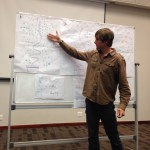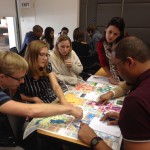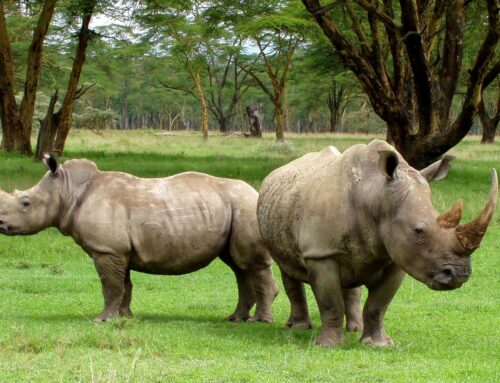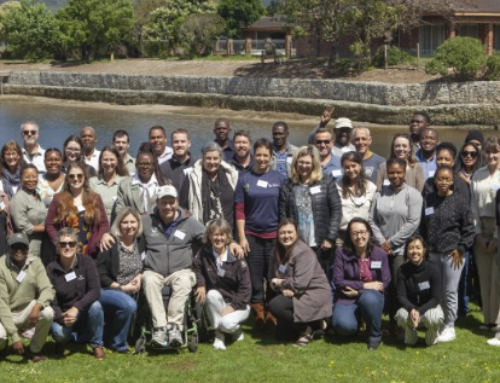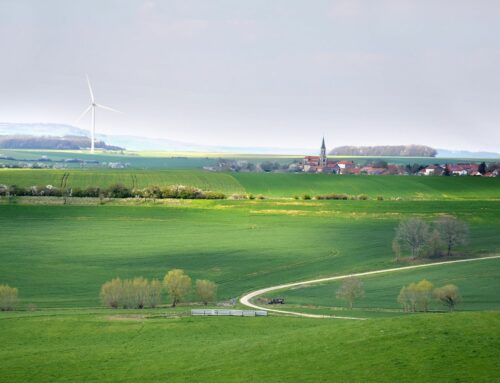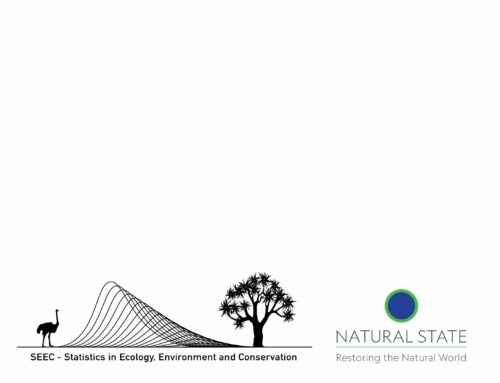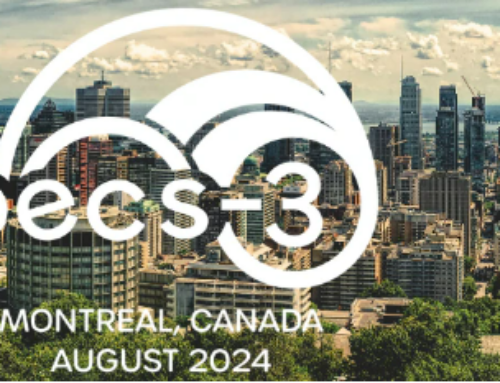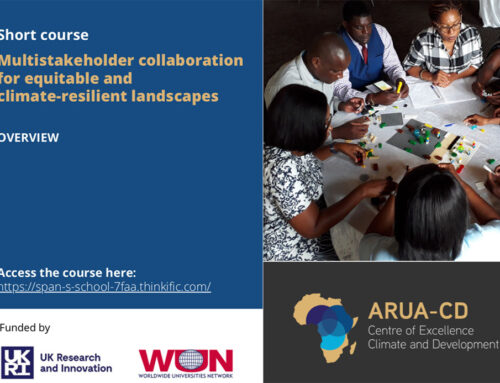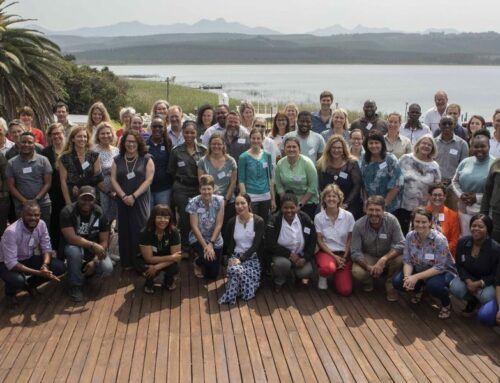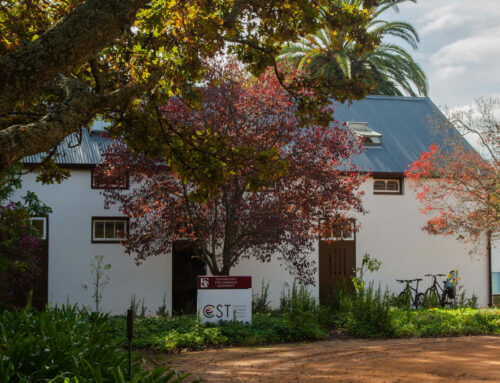Recently, SAPECS teamed up with CGIAR’s programme on Water, Land and Ecosystems (WLE) and the Natural Capital Project (NatCap) to run a workshop on the NatCap’s approach and tools for modelling ecosystem services. In recent years, NatCap’s modelling platforms, particularly INVEST and RIOS, have become indispensable communication, scoping and scenario development tools for social-ecological projects globally.
Although anyone can download and use their software, NatCap pride themselves on iteratively developing tools through a deep engagement with on-the-ground projects. The main objective of our training was to foster such an engagement between NatCap and various SAPECS and WLE projects, and to build capacity for ecosystem service modelling within our regions. From an SAPECS perspective, we also hoped that this training would allow us an opportunity to extent our reach beyond just South Africa, and provide a platform for SAPECS projects to develop communities of practice around ecosystem service modelling with each other and WLE projects. More technically, the workshop aimed to introduce participants to the RIOS and InVEST ecosystem services tools, how they work, their capabilities and limitations. The training was designed for participants to achieve basic familiarity with these models, including how to select and run them, troubleshoot, and interpret/communicate results.
The three-day training took place at the state-of-the-art Wallenberg centre at the Stellenbosch centre for advanced studies (STIAS), on the 15th, 17th and 18th of November. After a round of introductions on the first day, participants were quickly confronted with trade-offs in ecosystem services in an interactive land use planning game. The main focus on this introductory day was on overview and approach, from scoping and data collection to engaging stakeholders.
The technical part of the workshop commenced on day two. On these two days, using data from Kenya’s Tana River valley, participants got their hands dirty with InVest and RIOS. They focused particularly on the sediment retention, water yield and carbon models, but also explored a range of other popular tools. To consolidate and contextualise, participants learned how to develop scenarios and build portfolios in RIOS, culminating with an interactive presentation to mock stakeholders on the last day of the training.
From a SAPECS point of view, we feel that this training was a great success. From the final presentations, it was clear that the workshop had achieved its more technical objectives, and that it was an important first step towards achieving much longer-term aims. It facilitated capacity building, fostered new relationships and represented important steps in strengthening the relationship between NatCap, SAPECS and WLE. We can’t wait to see what these relationships will mean for the future of action-based social-ecological projects.
A big thank you to everyone who made this training happen – SwedBio, who co-funded many of the SAPECS participants, the wonderful team at CSIR and Stellenbosch University, our collaborators at WLE (particularly Natalia Estrada-Carmona) and of course the energetic NatCap team, the conduits of knowledge without whom none of this would have happened!
- Dylan Wyer enthusiastically presenting scenarios generated with RIOS to a group of particularly agnostic and opinionated “farmers”. (Image: Natural Capital Project)
- After a brief introduction, participants were plunged into an ecosystem service trade-off game. Here Justin Johnson, Hayley Clements, Tia Keighley, Alanna Rebelo and Ryan Blanchard debate the pros and cons of their management decisions. (Image: Natural Capital Project)


